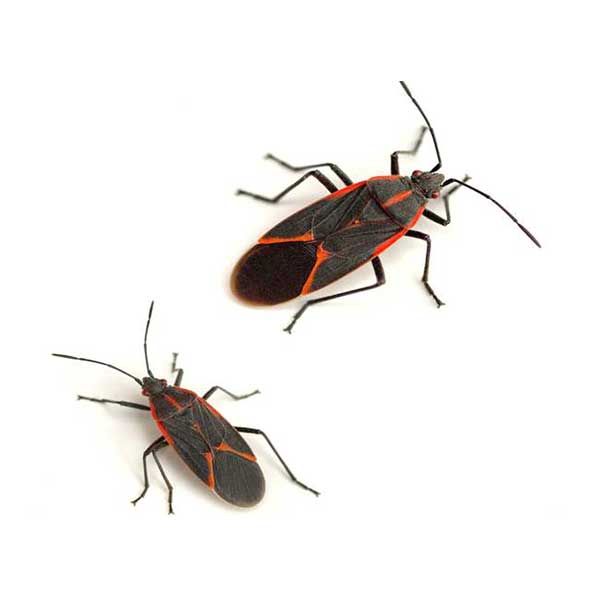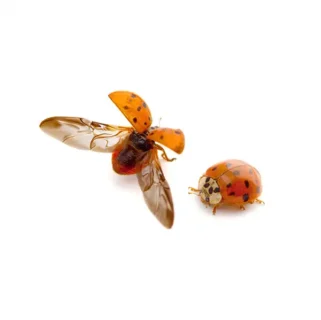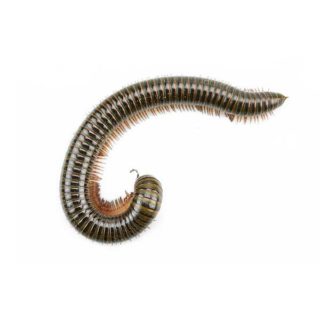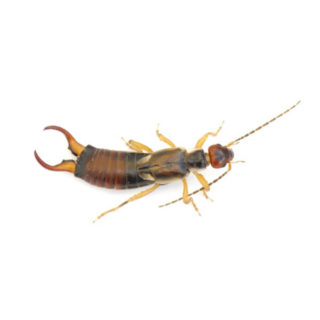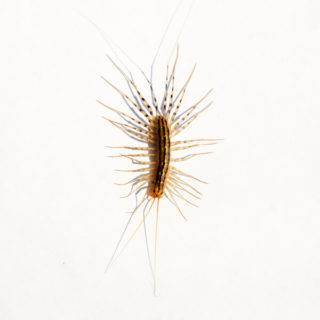Boxelder Bugs in Cleveland
Boxelder bugs are named after the boxelder tree. This tree is cultivated throughout the United States and is the primary host of the insect. They will typically eat flowers, leaves, and seed pods from the boxelder tree, but will also migrate to ash and maple trees. When the temperatures cool in the fall, boxelder bugs may migrate into homes to have a warm place to live for the winter season. Like most other pests, boxelder bugs will usually be seen when they are invading a home for winter or when they depart to go back outside in the spring.
Boxelder Bug Habitat
When fall arrives, boxelder bugs will assemble on the south side of buildings, rocks, and trees to bask in the sun. Once a large mass has accumulated, they usually fly to protected areas for winter hibernation. It is at this time that they will enter buildings and homes to overwinter within the structure’s walls. While indoors, they will not reproduce but will find ways to come and go through doors, windows, ceiling lights, outdoor faucets, soffit and drying vents, and on the house siding.
Boxelder Bug Behaviors, Threats, or Dangers
There have been rare reports of a boxelder bug biting a person, however, any bite from this insect is extremely uncommon. Regardless, their bite is not harmful and does not transmit any diseases. Further, they have not been known to damage, however, their droppings may stain surfaces. At most, boxelder bugs are annoying and can cause spotting with their excrement on furnishings, curtains, and clothing. They will also emit an offensive odor if they are crushed.
If you have a boxelder bug infestation, contact your local pest control professional for assistance.
Need help with Boxelder Bug control?
Need Pest Control Service?
Leave your information below and we’ll be in touch with a FREE quote!
"*" indicates required fields
*During normal business hours. After hours calls will be returned the next business day.

